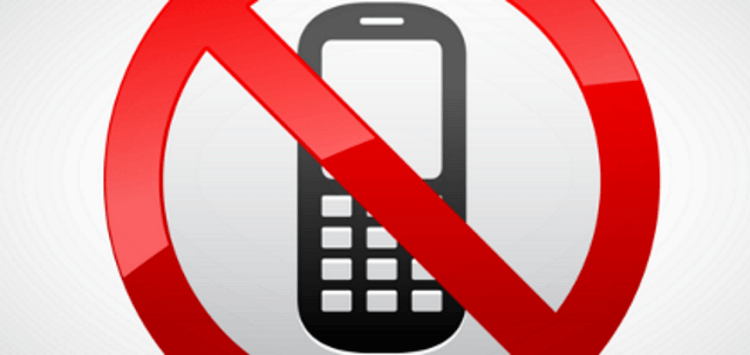Everywhere, all over the world, people are glued to their mobile devices. This is truer for young people than for anyone else.
50% of teens in the USA have their own mobile devices. American mobile device usage among people 18-29 is now at 100% (Pew Research). So, you know that student electronics need a firm hand while you’re touring.
Establishing tour rules for student electronics is a priority and one which requires active education of your tour group, from the moment you start describing codes of conduct. Good fences make good neighbors, the saying goes. And good tour rules make students respect their surroundings by putting their devices away.
Sure, you could collect them and lock them up at the beginning of each day’s activities, but that’s an authoritarian response which teaches them nothing but resentment. Give them the opportunity to be grown up about their electronics usage on tour and give them a life skill support they’ll carry with them.
Put it in writing
Words which come out of your mouth fly away into the wind. They go in one ear and out the other. This is the truth, regardless of the age group your words are put together to reach. But young people are specialists at this effect, so putting your tour rules for student electronics in writing is a must.
A one-page, bullet-pointed list is all you need. Clear guidelines are more likely to be remembered than general ones, so make it crystal clear. Connecting your electronics rules to the itinerary is a highly effective strategy that helps your students understand why the rules exist.
Nuance
Let’s imagine, for example, that you’re taking them to the Holocaust Museum in Washington, DC. While this facility has had a ban on cellular phones in place since 1993, they now have a mobile app which can be used by visitors which came into effect in 2014.
Letting your students know this as part of your tour rules is a convenient opportunity to tell them that their devices may be used at the museum, but not for selfies, idle chatter, or texting.
Tell them that their mobile devices can be portals to learning more about the places they’re visiting, but that they’re not to be used for other purposes at historic sites – particularly ones as sensitive in nature as the Holocaust Museum.
Outlining clear tour rules for student electronics is much preferable to policing usage on the spot. Stating in no uncertain terms what will and won’t be tolerated gives your students an opportunity to display their understanding of the necessity to respect others and their surroundings. You’re also letting them know that their electronics have a role to play in their education, but that this role is circumscribed.
Peak Performance Tours
Peak Performance Tours has been taking students on stimulating educational tours for more than 20 years. With logistical excellence and access to top vendors in all the destinations we feature, we add 24/7 on tour support.
Ready to go? Contact us about planning your next educational adventure.




